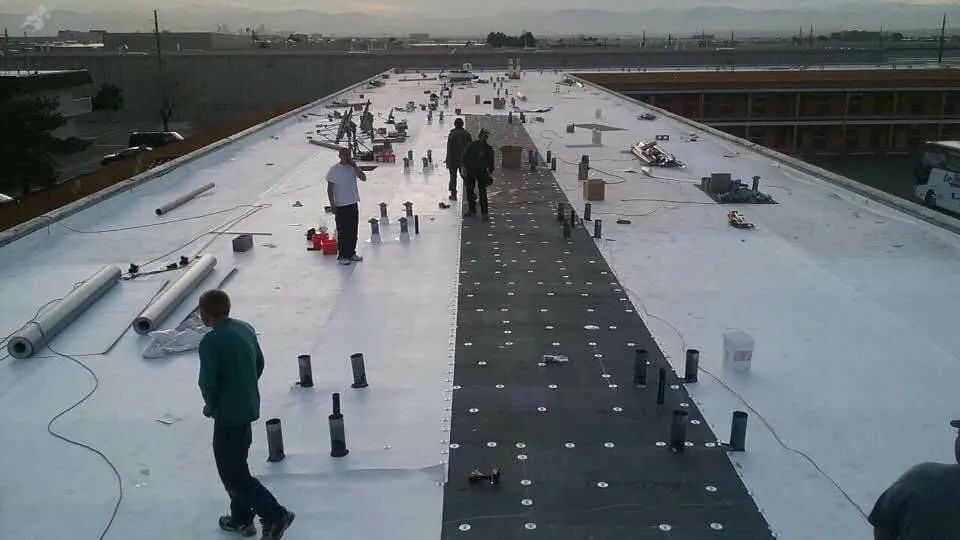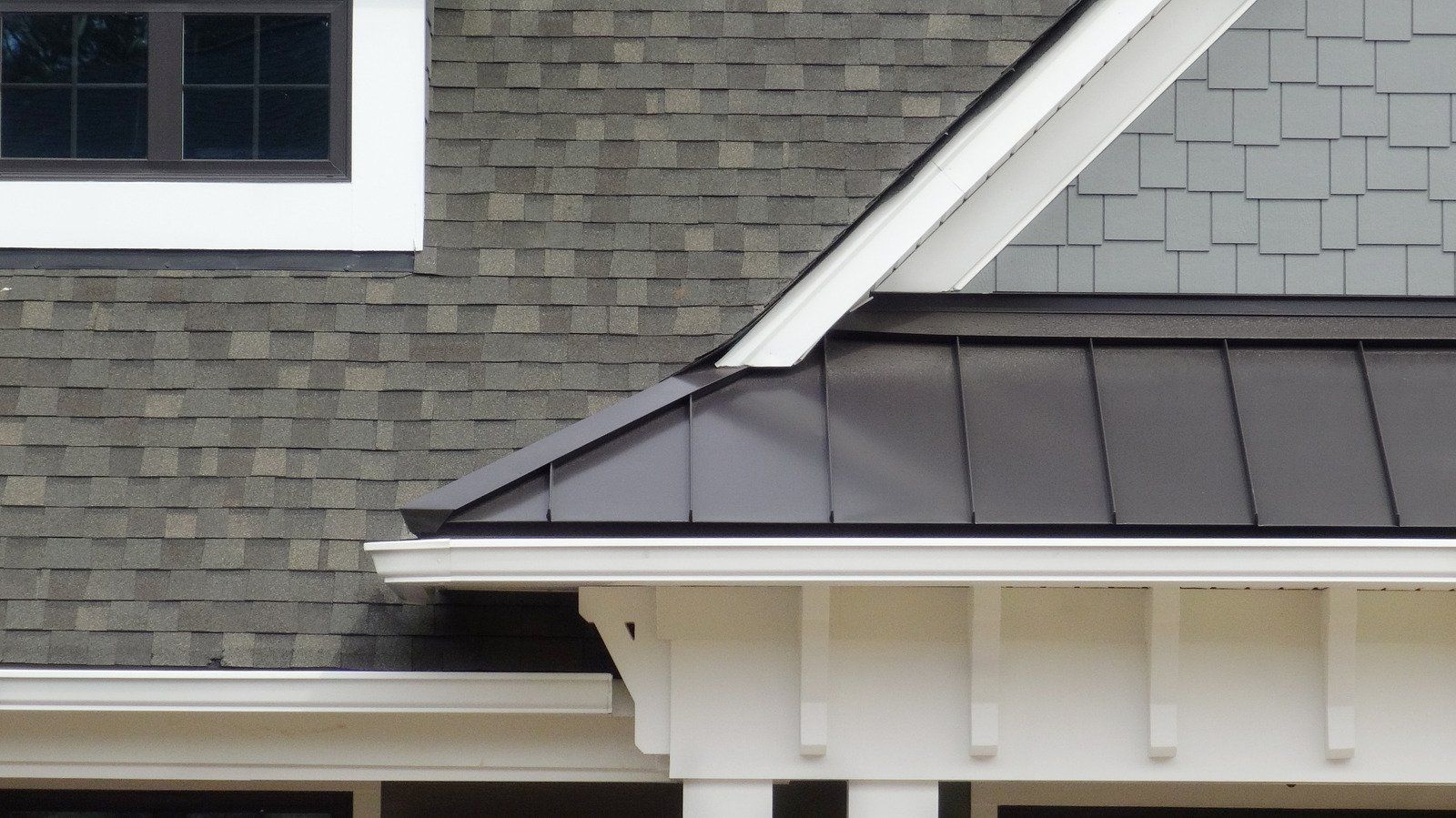Is Your Roof Ready for Storm Season? Here’s How to Prepare
When storm season hits Layton, Utah, your roof becomes your home’s first line of defense. High winds, hail, and heavy rain can cause major damage in a matter of minutes if your roofing system isn’t properly prepared. Unfortunately, many homeowners don’t realize their roof is vulnerable until it’s too late. Preparing in advance can save you thousands in repairs, protect your belongings, and give you peace of mind. Whether your roof is made of asphalt shingles, metal, or designed for commercial use, taking proactive steps now is essential to weathering the next big storm safely.
1. Schedule a Professional Roof Inspection
The first step in preparing for storm season is getting a thorough roof inspection from a certified professional. While everything might look fine from the ground, only a trained eye can spot hidden vulnerabilities, such as loose shingles, deteriorated flashing, small leaks, or weakened areas.
2. Clear Gutters and Downspouts
One of the most overlooked yet critical tasks is cleaning your gutters and downspouts. When clogged with leaves, dirt, or debris, they can’t effectively channel rainwater away from your roof. This backup can cause water to pool under shingles or overflow near your home’s foundation, resulting in damage both above and below.
3. Secure Loose Shingles and Flashing
Loose shingles and damaged flashing are like open invitations for wind and water during a storm. Shingles can lift and tear off in strong gusts, exposing the underlayment and decking to moisture. Similarly, compromised flashing around chimneys, vents, and skylights can become entry points for leaks.
4. Trim Overhanging Branches
Trees near your home may provide shade, but they can also pose a serious risk during storms. High winds can break limbs, sending them crashing onto your roof and causing impact damage or punctures. Trimming branches that overhang or touch the roof will significantly reduce the likelihood of debris damage and keep gutters clearer during heavy rain.
5. Check for Pooling or Sagging Areas
Low-slope or flat roofs, especially on commercial buildings, are prone to water accumulation. Pooling water is a warning sign that your drainage isn’t working properly or that the roof structure is compromised. Sagging areas can deteriorate quickly, leading to internal water damage or even structural failure.
6. Review Your Insurance and Warranty
Don’t wait until after a storm to understand your protection. Make sure your homeowner’s insurance covers roof-related storm damage, and know your deductible. Review any manufacturer or workmanship warranties that may still be active. Having this documentation in place will streamline the process if repairs or replacements are needed after a storm.
When the skies darken and the winds pick up, the last thing you want to worry about is whether your roof will hold. At J & R Roofing, we don’t just patch roofs, we prepare homes and businesses in Layton, Utah, for the worst Mother Nature can throw their way. With over 22 years of experience, we’ve seen every kind of storm and know how to fortify your roof before trouble arrives. From metal and asphalt shingles to commercial roofing systems and storm damage repairs, we bring precision, professionalism, and peace of mind to every project. When storm season arrives, ensure your roof responds with strength, backed by J & R Roofing.



